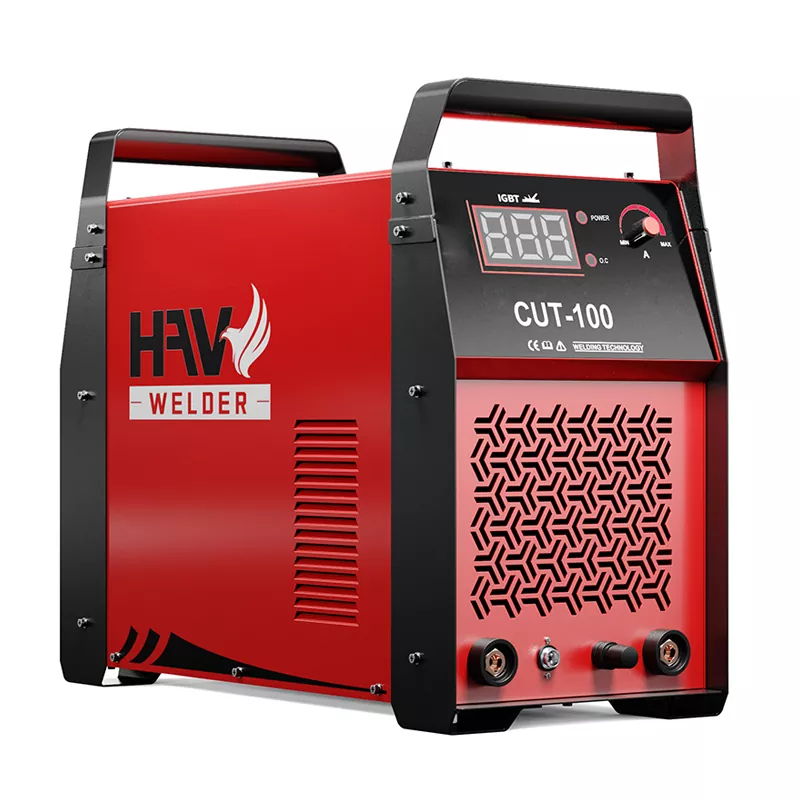 English
English-
 English
English -
 Español
Español -
 Português
Português -
 русский
русский -
 Français
Français -
 日本語
日本語 -
 Deutsch
Deutsch -
 tiếng Việt
tiếng Việt -
 Italiano
Italiano -
 Nederlands
Nederlands -
 ภาษาไทย
ภาษาไทย -
 Polski
Polski -
 한국어
한국어 -
 Svenska
Svenska -
 magyar
magyar -
 Malay
Malay -
 বাংলা ভাষার
বাংলা ভাষার -
 Dansk
Dansk -
 Suomi
Suomi -
 हिन्दी
हिन्दी -
 Pilipino
Pilipino -
 Türkçe
Türkçe -
 Gaeilge
Gaeilge -
 العربية
العربية -
 Indonesia
Indonesia -
 Norsk
Norsk -
 تمل
تمل -
 český
český -
 ελληνικά
ελληνικά -
 український
український -
 Javanese
Javanese -
 فارسی
فارسی -
 தமிழ்
தமிழ் -
 తెలుగు
తెలుగు -
 नेपाली
नेपाली -
 Burmese
Burmese -
 български
български -
 ລາວ
ລາວ -
 Latine
Latine -
 Қазақша
Қазақша -
 Euskal
Euskal -
 Azərbaycan
Azərbaycan -
 Slovenský jazyk
Slovenský jazyk -
 Македонски
Македонски -
 Lietuvos
Lietuvos -
 Eesti Keel
Eesti Keel -
 Română
Română -
 Slovenski
Slovenski -
 मराठी
मराठी -
 Srpski језик
Srpski језик
What is the difference between plasma cutting machine and other cutting machines?
2025-05-19
As a high-efficiency metal processing equipment, the working principle of plasma cutting machine is significantly different from other cutting equipment. Unlike traditional flame cutting machine which relies on high-temperature oxidation reaction, plasma cutting machine forms high-temperature plasma arc by ionizing gas for cutting. This feature enables it to quickly penetrate conductive materials, especially suitable for metals that are difficult to handle with conventional flames such as stainless steel and aluminum alloy.
Compared with laser cutting machine, although plasma cutting machine is slightly inferior in precision, its equipment investment and operating costs are more economical, and its efficiency advantage is more prominent when cutting thick plates, which is particularly suitable for industrial-grade processing needs of medium and thick plates. Compared with high-pressure water cutting, plasma cutting machine does not need to use abrasives and a large amount of water resources, which reduces the burden of environmental cleanup and avoids the metal corrosion problem that may be caused by water cutting.
In terms of application range, plasma cutting machine shows unique adaptability. It can handle ordinary carbon steel and can easily deal with non-ferrous metals such as copper and titanium. This material compatibility far exceeds traditional cutting equipment. When there is oil or surface coating in the operating environment, the penetration ability of the plasma cutting machine can remain stable, which is a feature that is difficult to achieve with other thermal cutting processes.
Modern plasma cutting machines have significantly improved cutting accuracy through digital control systems. The cutting quality of some high-end models is close to that of laser cutting. This technological progress is constantly expanding its industrial application scenarios. Whether it is curved surface cutting in shipbuilding or complex component processing in building steel structures, plasma cutting machines have become the preferred processing solution due to their balance between efficiency and cost. The development history of this equipment fully reflects how industrial technology seeks the optimal solution between accuracy and efficiency.




